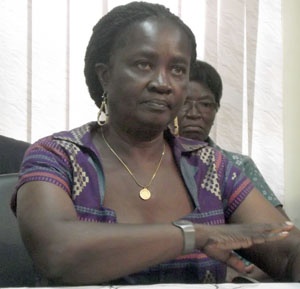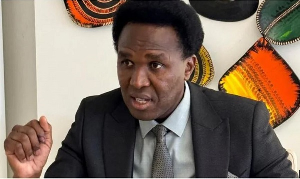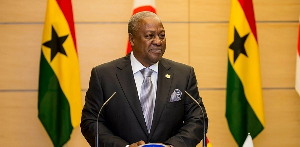About 98.53 percent of the total government subvention of GH¢937million to public tertiary institutions for 2014 went into the payment of salaries and wages, leaving under two percent for acquisition of assets, goods and services to train students, data from the National Council for Tertiary Education has shown. Between 2007 and 2014, there has been an average of about 870 percent increase in compensation paid to academic staff working in all the public tertiary institutions.
In 2013 there was an allocation of GH¢485million by government to tertiary institutions, out of which GH¢472 million representing 97 percent was spent on compensation.
In 2012 GH¢470million was allocated; however, GH¢454million of the said amount representing 96 percent was used in paying salaries and benefits for staff of the public universities.
The inadequacy of the subvention percentage used in acquisition of assets and services for training the growing number of students has raised questions about the adequacy of facilities for teaching and learning in the country’s public universities.
Studies have shown that: “The lack of adequate academic and residential facilities means that these institutions have to embark on highly selective admission procedures".
Currently, there is about 4,117 teaching staff in all the ten polytechnics and the eight major public universities teaching 181,404 students -- 53,078 in polytechnics and 128,326 in public universities. A recent B&FT analysis of data provided by the National Council for Tertiary Education (NCTE) indicates that of the total academic staff in universities, 317 are professors/associate professors while 514 are senior lecturers, with 1,490 and 354 being lecturers and assistant lecturers respectively.
In general, enrolment in university has accelerated since the 1990s, when there were only government-owned institutions.
The ratio of academic population to student population is six times less than the required internationally acceptable student-to-teacher ratio in all disciplines.
According to the NCTE data, the number of people enrolled in various universities – including public and private – stood at 183,687 in 2012/13, with public universities accounting for 70 percent of all students. In 1990/91 there were barely 10,000 people attending university in Ghana.
Professor Joshua Yindenaba Abor, Dean of the University of Ghana Business School, believes that the demand for tertiary education has increased the number of students in universities but with very few lecturers to meet the demand -- as a freeze on public university lecturer recruitment is still in force. The huge increase in allocation for compensation, largely the payment of wages and salaries, is also attributable to operationalisation of the Single Spine Salary Structure (SSSS).
The Government of Ghana introduced a new pay policy, the Single Spine Pay Policy (SSPP) effective January 2010, and the Fair Wages and Salaries Commission (FWSC) mandated to implement it in a fair and transparent manner.
The SSPP is intended to drive the Public Service Pay Administration with the objective of ensuring equity, fairness and transparency in Public Service Salary Administration, as well as to enhance performance and productivity.
The Policy also sets out to remove distortions and inequities in wages and salaries, and enhance performance and productivity in the public services.
The premium paid to workers on various levels on the SSSS was designed to bring the salaries of skills in short supply to be close or equal to the actual market value of such skills.
Click to view details



Business News of Thursday, 12 March 2015
Source: B&FT
Wages swallow varsity budget
Entertainment
















